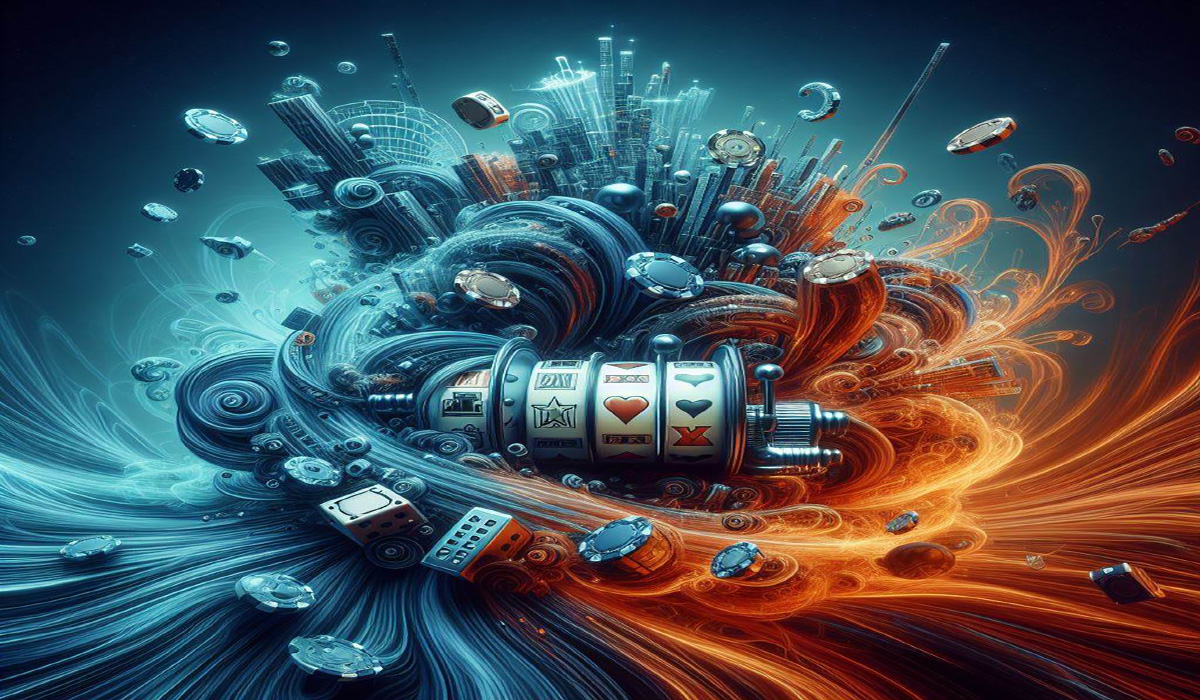
20 Mar 2024
What is volatility in slots?
{-{strong style="mso-bidi-font-weight: normal;"}-}Explaining what is volatility?
Volatility within slot games signifies the level of risk you take on when playing a particular machine. It essentially gauges the unpredictability of your game outcomes. In layman's terms, volatility tells you how frequently and how much you might win while playing slots.
{-{strong style="mso-bidi-font-weight: normal;"}-}Different Types of Slot Volatility
Generally, we categorize slot volatility into three main types:
- Low Volatility - Games of low volatility are renowned for their frequent, yet smaller payouts. This type of game is perfect for those who enjoy a steady stream of small wins, offering longer playtime without the wild fluctuations of their bankrolls. Example: Da Vinci Diamonds
- Medium Volatility - Finding the sweet spot between low and high, medium volatility slots deliver a mix of regular smaller wins interspersed with bigger ones. These games balance excitement with potential earnings, appealing to a broad range of slot enthusiasts. Example: Psycho
- High Volatility - Here, wins are less common, but when they hit, they hit big. These slot machines are often chosen by thrill-seekers and those who are in it for the possibility of a big payday, regardless of the dry spells in between. Example: Gates of Olympus
Understanding a slot's volatility is a pivotal aspect for players, as it aids in selecting games aligning with their gaming style and risk appetite. Some may prefer the reliability of frequent wins from low volatility slots, while others might chase the thrill of high volatility plays.
{-{strong style="mso-bidi-font-weight: normal;"}-}Illustrating Slot Volatility with Clear Examples
Let's illustrate slot volatility with a scenario:
Imagine two slot machines:
Machine A: This slot offers low volatility, ensuring frequent, albeit smaller, wins.
Machine B: Exhibiting high volatility, this machine provides fewer wins, but the potential payouts are large.
Examine how these machines might perform over several spins:
Machine A (Low Volatility):
- You start playing Machine A with $100.
- Upon spinning the reels 100 times, you consistently win small sums, say $0.50 or $1, throughout the session.
- Despite experiencing some losses, the regular small wins allow you to continue playing for extended periods.
- By the session's end, your bankroll might remain relatively intact, around $80 to $90, thanks to those frequent minor victories mitigating losses.
Machine B (High Volatility):
- You also start playing Machine B with $100.
- Conversely, with Machine B, you can endure long dry spells with no noteworthy wins.
- However, hitting a jackpot or a bonus round on a lucky spin can result in a payout considerably larger than your stake.
- The infrequent but significant wins from Machine B can offset previous losses, potentially leaving you with a hefty profit by the end, possibly $150 or more.
In conclusion, while Machine A offers a stable ride with steady smaller returns, Machine B promises fewer but potentially more rewarding payouts. Choosing between them boils down to your personal thrill-seeking level and risk tolerance.
{-{strong style="mso-bidi-font-weight: normal;"}-}RTP and Volatility in Slots: Distinguishing the Difference
RTP, or Return to Player, indicates the expected rate of return over numerous plays, whereas volatility outlines the risk-reward dynamic, encompassing payout frequency and size. Both play crucial roles in deciding which slots to play.






